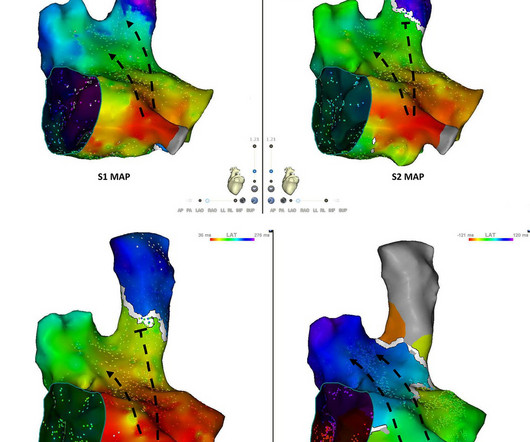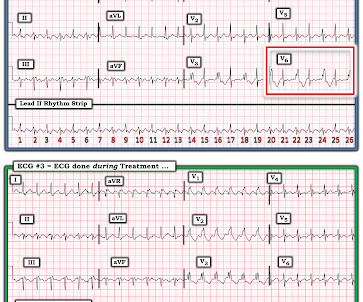Functional block in the initiation and maintenance of common flutter: detailed electrophysiological study and electro-anatomical mapping
Frontiers in Cardiovascular Medicine
NOVEMBER 14, 2024
IntroductionThe precise pathophysiology of common atrial flutter remains imperfectly known. The direction of activation is therefore frequently counter-clockwise, and the arrhythmia stabilizes around the vena cavas and sinus venosus/crista terminalis region. Its rotation is limited by anatomical and functional boundaries.













Let's personalize your content